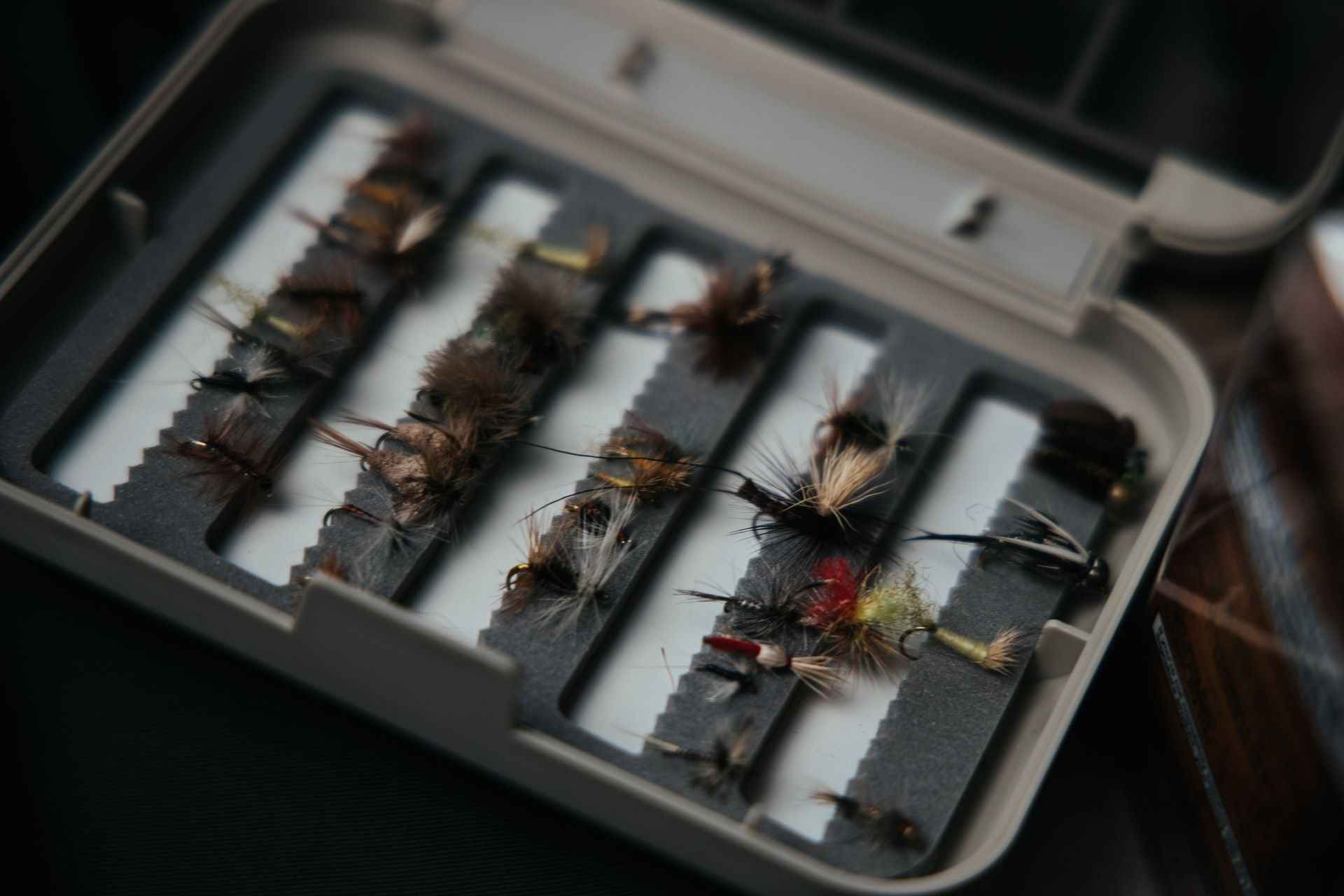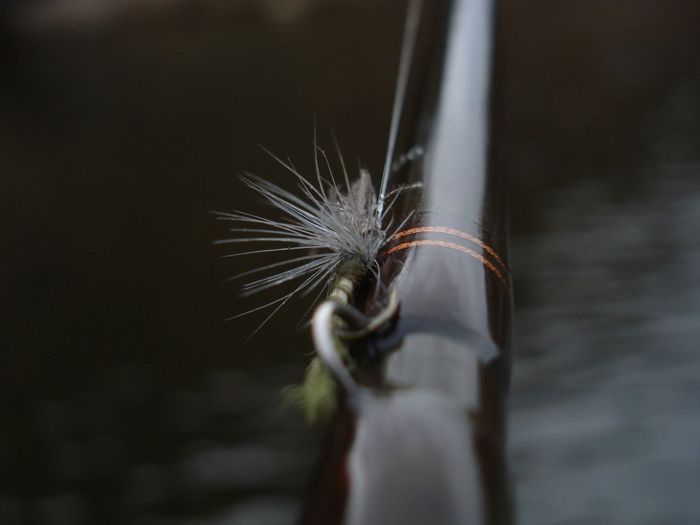5 Ways to Make Your Flies Last Longer
Flies are considered a work of art by most anglers, and if you want to make them last, look no further than these tips.

If you've spent countless hours tying your flies or searching local tackle shops for the best ones, we're guessing you probably want them to last as long as possible. After all, you rely on these tiny but fragile works of art to help you get your next trophy.
Whether you're new to fly fishing and need a primer or you're a seasoned veteran that may need to be reminded, here's 5 ways to make your flies last longer.


5 Ways to Make Your Flies Last Longer
1.Stay Organized
There’s nothing more helpful to improving your flies shelf life than keeping your fly box organized. If you're guilty of tossing your flies around and letting them get all jumbled up, don’t be heartbroken if you find some bent-up hackle or rusted hooks.
Having separate compartments to divide your flies into different categories will help you not only find the right fly in a pinch, but it also protects them from getting ruined. You could organize them by function, target species, size, color, type, shape – the choice is yours. However, we’d recommend having individual compartments for nymphs, streamers, and dry flies.
Another crucial part of staying organized is only bringing what you need. Flies are delicate objects and if they're moved around or ruffled through frequently, the chances of them getting damaged increase tenfold. Having a separate box for storage and another for your fishing trip can help tremendously in making your flies last longer, and it's not that hard to do.
2. Dry Your Flies
Storing wet flies is probably the number one thing that can degrade your flies the quickest, especially if you’ve been fishing in saltwater. It’s true, many anglers are guilty of throwing saltwater-soaked flies back in the box, especially when the adrenalin is pumping. However, it wouldn’t hurt to take a few seconds to let them dry out before storing them.
Luckily, there are several fly patches out there that help your flies dry out and they won't break the bank. Whether it's made of micro-slit foam or magnets, these nifty little objects can even attach to your bag or car visor. With all the options out there, there’s no excuse not to get yourself a patch and stick your wet flies on there.

3. Glue is True
Using the proper adhesive is probably the most important thing you can do to make your flies increase their usability. After all, it’s what “glues” everything together.
Now, we’re not here today to debate the pros and cons of head cement, superglue, and resin. However, in a nutshell, head cement affects the longevity of a fly because it’s not as sturdy, although it works wonders for hackle and dubbing. Superglue on the other hand can mess up the visual appearance of a fly but helps preserve it better.
UV resin, on the other hand, doesn’t soak into the materials as easily, which is why a lot of fly-tyers prefer using it. Although it’s considerably more expensive, if you’re serious about tying or want to extend the life of your fly, this is one of the best investments you can make.
However, as every fly-tyer will know, the adhesive will depend on the type of fly. Certain glues may work better than others – the main point is keeping your flies intact and ensuring your threads don’t come out. Applying a little extra adhesive onto threads or knots might seep into the hackle and dubbing, but it also helps keep it secure to the shank and from coming apart when you need it most.
4. Counter on the Hook
If you’re tying your own flies, one of the best ways to ensure that your dubbing or hackle stays on is to use counter wraps. Although this may not always be possible for every single pattern, it can work for the most widely used ones.
Essentially, when you tie on the materials, you'll need to wrap the dubbing or hackle around the hook in one direction and then wrap the wire or tinsel in the opposite direction. The opposite turns create a tighter wrap and secure the dubbing or hackle in place. Counter wrapping minimizes unwinding and can lengthen the shelf life of a fly significantly so that it can be used multiple times.
5. Slip it Out
Firstly, when possible, use barbless hooks. It’s much easier to take out of the fish’s mouth and there’s less risk of bending the hook and damaging your fly. You don’t need a whole lot of force either – barbless hooks should slip out quite nicely.
Barbed hooks, on the other hand, need a different approach. It's difficult enough to get the hook out but add to that a flailing, slippery fish that's fighting for its life and it becomes all that more difficult. You'll need to gently take it out of the fish’s mouth and make sure you don’t hold the fly as you pull it out. If you don't pack a pair of pliers or forceps in your tackle box, then you might want to reconsider, as they are essential tools to help you out.
Remember, the longer that your flies stay inside of a fish’s mouth, the likelihood of them getting damaged increases. Not only do you want to remove the hook as quickly as possible, but you also want to do it as carefully as you can.
Fragile Flies
Just like the fish that you're targeting in the waters, flies have different strengths and varying characters. Some are stronger than others and can take quite a beating. And there are those delicate flies that are so fragile they'll only last a single bite.
Whether you're using a Wooly Bugger or an Elk Hair Caddis, flies are fragile and took a lot of effort to make. The best way we can pay homage to these delicate tools is to care for them the best way that we can. And we hope that our 5 tips to make your flies longer can help you out.



